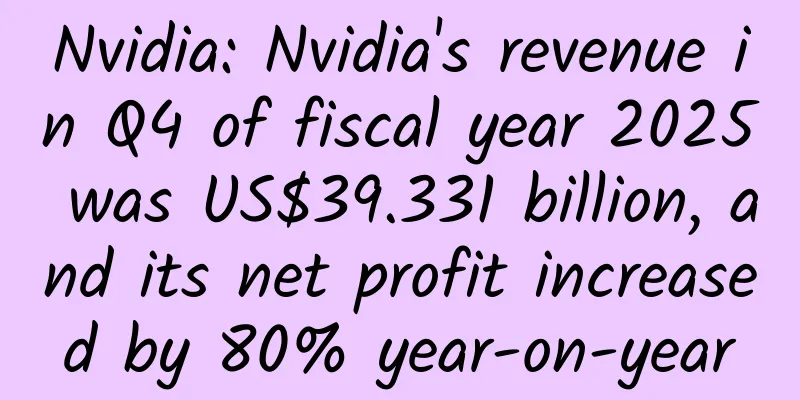First full-brain map of insects completed

|
An international team led by Johns Hopkins University in the United States and the University of Cambridge in the United Kingdom has completed the most advanced insect brain map to date, depicting every neural connection in the brain of a fruit fly larva for the first time. This is a milestone achievement in the field of neuroscience, bringing scientists closer to a true understanding of the mechanism of thinking, supporting future brain research and inspiring new machine learning architectures. The research results were published in the journal Science on the 9th. A complete set of neurons in an insect brain, reconstructed using synaptic-resolution electron microscopy. Image credit: Johns Hopkins University/University of Cambridge Since the 1970s, when the brain mapping process began with roundworms, which eventually produced a partial map and won a Nobel Prize, parts of the connectome have been mapped in many systems, including fruit flies, mice, and even humans. But these reconstructions usually represent only a small part of the entire brain, and comprehensive connectomes have only been generated for a few small species with a few hundred to a few thousand neurons, such as roundworms, larval sea squirts, and larval marine annelid worms. The connectome of the Drosophila melanogaster larva generated by the research team is the most complete and extensive insect brain map completed to date. It includes 3,016 neurons and 548,000 connections between them. A diagram depicting connectivity, with neurons represented as dots and neurons with more similar connectivity drawn closer together. Lines depict connections between neurons. The border of the diagram shows example neuron morphology. Image credit: Johns Hopkins University/University of Cambridge The research team deliberately chose fruit fly larvae because, for insects, this species shares many basic biological characteristics with humans, and it also has rich learning and decision-making behaviors, making it one of the most useful model organisms in neuroscience. For practical purposes, researchers can also image its relatively compact brain and reconstruct its circuits within a reasonable time frame. Source: Science and Technology Daily |
>>: Why is the fog and haze in Beijing, Tianjin and Hebei coming again?
Recommend
This is not a type of fish, but a variety of fish from the salmon family! Come and see the most complete map of Chinese salmon
This winter, Harbin suddenly became popular and w...
Microsoft: 49% of respondents in the 2023 Job Trends Index report are worried about being "taken away" by AI
Microsoft recently launched its 2023 annual Work ...
McDonald’s Double Eleven Marketing Guide!
The daily life of this generation of young people...
WeChat upgraded with new features: My three-year-old phone is no longer stuck!
Regardless of the model, high configuration or lo...
User-centric? Why not sit down and do an in-depth user interview?
"User-centric" is the consensus of Inte...
A 7.1-magnitude earthquake hit Xinjiang late at night! How to avoid risks and save yourself and prevent aftershocks scientifically?
The China Earthquake Networks Center officially d...
Business models are being explored, but Android game consoles are not up to the task
The Spring Festival holiday has always been a tim...
The form of opening screen advertising!
Mobile advertising comes in many forms. For mobil...
StateBackgroundUtil - Use only one resource image to set a background with a pressed effect for View
This article mainly introduces how to use a resou...
When is the national conscription time in 2022? When will the registration for the second half of the year's conscription begin?
2022 is the second year that my country implement...
Paddles, oars, oars and sails - all help the boat steer!
Today, let’s take a look at how people configure ...
Why do we need to use project thinking to attract new users?
What should you do when the KPI indicator is &quo...
Douban Competitive Product Analysis
As a gathering place for literary and artistic yo...
Analysis of major mainstream information flow promotion channels in 2019!
With the development of social media, information...
A brief analysis of Android's garbage collection and memory leaks
The Android system runs on the Java virtual machi...









